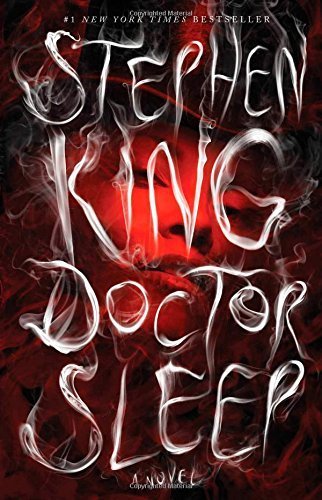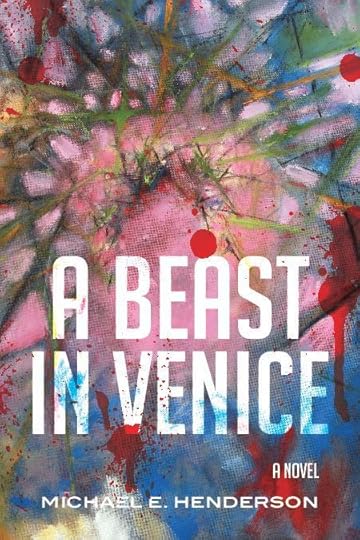Michael E. Henderson's Blog: Henderson's The Literary Man, page 7
August 16, 2014
Ten Rules in Ten Days - Rule 2: Avoid Prologues

Elmore Leonard’s Rule No. 2. Avoid prologues: they can be annoying, especially a prologue following an introduction that comes after a foreword. But these are ordinarily found in non-fiction. A prologue in a novel is backstory, and you can drop it in anywhere you want. There is a prologue in John Steinbeck's Sweet Thursday, but it's OK because a character in the book makes the point of what my rules are all about. He says: "I like a lot of talk in a book and I don't like to have nobody tel...
August 15, 2014
Ten Rules in Ten Days - Rule 1: Don't open with the weather
Thriller and mystery writer Elmore Leonard, who passed away on August 20, 2013 at the age of 87, is known for his “Ten Rules for Writing Fiction.” This is the first of a series called, “Ten Rules in Ten Days,” where on ten separate days I will present and briefly discuss one of the rules.
Rule No. 1: Never open a book with weather. If it's only to create atmosphere, and not a character's reaction to the weather, you don't want to go on too long. The reader is apt to leaf ahead looking for peop...
August 12, 2014
Advice to Young Writers
I’ve seen recently, both on Critique Circle and on Amazon KDP (Kindle Direct Publishing, i.e., self-published), works by teenagers who want to be writers. Novels, short stories, and everything in between. Admirable as their ambition is, their writing is horrible. And there’s a good reason: you, young writer, are still a kid. Even if you’re eighteen or nineteen, or twenty, or twenty-one, you’re a semi-educated kid, trying to do something that requires an full college education. (High school is...
June 28, 2014
Two Ends of the Spectrum (Literarily Speaking)
As you must know by now, my novel, "A Beast in Venice," has been published by Gemelli Press. It's a horror novel in (if I may be so bold) the vein of Stephen King. People are crucified, killed, and eaten. Well, that's a small part of it, but it happens.
180 degrees out is another book they have just published called "Tino and the Pomodori." It's a kid's book that is richly and beautifully illustrated. By the way, pomodori in Italian mean tomatoes.
So, slap the electronic device out your kid's h...
Five Things I Learned Writing "A Beast in Venice"
I learned a lot more than five things, but it seems like a good round number. Here goes.
Don’t try to be too witty. When I wrote the first draft, I did so in a style that I thought witty and interesting. All that accomplished was to dilute the story and turn it into not much more than a parody. Just write the story.
Story Trumps Language. All the creative and artistic turns of phrase in the world will not make up for a crappy story. People read fiction primarily to be entertained. Sure, they wo...
June 9, 2014
New Cover for A Beast in Venice
Finally my novel A Beast in Venice is close to publication. One of the hardest parts of the whole thing was coming up with a cover. Here is the final choice:

May 12, 2014
Engaging, or Not?
Several of my Facebook friends, and a few people on a website called Critique Circle, are reading my novel "Self-portrait of a Dying Man" as beta readers.
This is an easier request: read the portion below, which amounts to about 33 pages of manuscript (6600 words) and let me know whether you would continue.
The version presented here is somewhat different than the one you have read, if you are a beta reader.
All I want to know is whether you find it engaging enough to continue. I need the God's...
March 2, 2014
Book Review: Signatures in Stone, by Linda Lappin
 Signatures in Stone by Linda Lappin
Signatures in Stone by Linda LappinMy rating: 5 of 5 stars
This is a masterfully written cozy mystery that takes you to Italy. The descriptions of Italy are wonderful, and gives you the true essence of the place.
The story takes place in 1928. The heroine, Daphne, is a writer of mysteries living in Paris, who has a taste for hashish. She is having trouble completing her next book, so her publisher takes her to Italy to get her away so she can write in peace.
The fun starts when they arrive at a...
Book Review: The Ocean at the End of the Lane, by Neil Gaiman
 The Ocean at the End of the Lane by Neil Gaiman
The Ocean at the End of the Lane by Neil GaimanMy rating: 5 of 5 stars
This is a beautifully written and tightly structured book that is a joy to read. There are fanciful and magic elements à la Harry Potter, but the young hero himself does not possess any magical powers. But there are plenty of people in the story who do.
We never learn the name of the protagonist, so far as I recall, but that doesn’t matter. The story starts (and ends) with him as a grown-up, going to his hometown for a fune...
January 15, 2014
Novel Structure - Michael Hauge's 6 Stages

As a writer of novels, one of my main concerns is structure. If your novel does not have a certain conventional structure, it will never see the light of day. The same is true for screenplays. In fact, the structure of a novel is essentially the same as that of a screenplay, although that of a novel is less rigid.
Everyone has heard of the three-act structure, or any of its variations, the four, five, or six-act structure. They are pretty much the same, with some variation in terminology.
W...
Henderson's The Literary Man
Warning: Some posts are not fit for children.
- Michael E. Henderson's profile
- 49 followers



